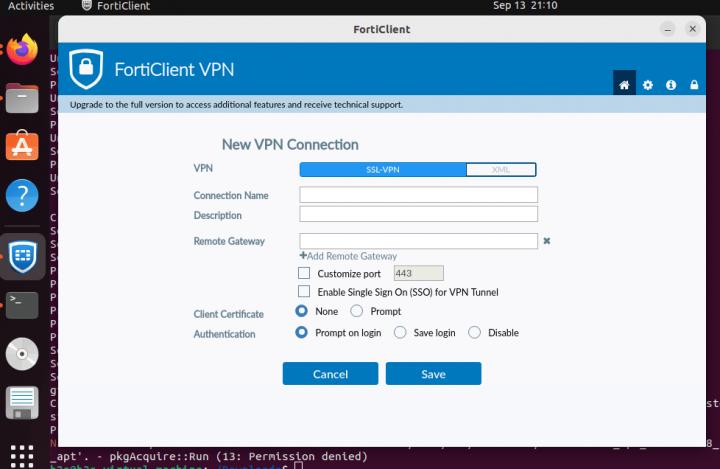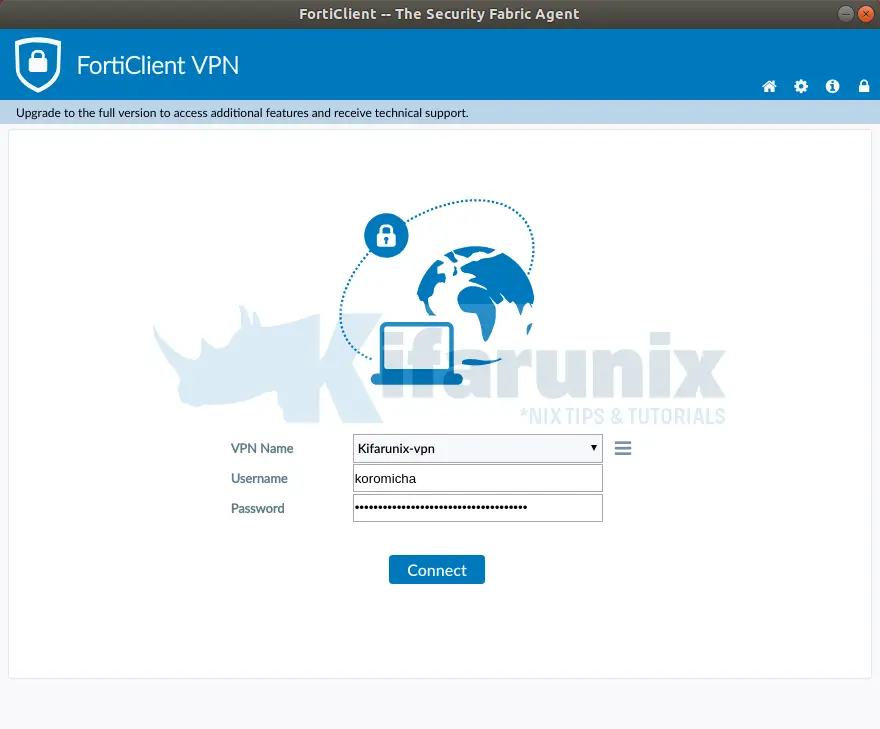
We can now use the created "install.intunewin" file in the Endpoint Manager under " Apps > Windows + Add" upload and distribute. $ProfileName = "DEMO scloud" # Change to your Profilename! $ProgramVersion_target = '7.0.2.90' # Set to version from MSI Code language: PowerShell ( powershell ) Create Intunewinįrom this package we now create using the Microsoft Win32 Content Prep Tool the Intunewin file. Extracting the MSI file from the FortiClient installer. The profile name is the one you defined in the FortiClient. To do this, you have to adjust the "$ProfileName" and "$ProgramVersion_target" parameters in the second and third line. The version of the FortiClient VPN and the stored profile are checked in the detection rule (check.ps1). The folder should then look like this: Customize detection rule We also pack the extracted MSI into the template. Then run the EXE and copy the MSI from the %temp% directory out. You can do that here Download the current EXE of the "FortiClient VPN only". Now all we have to do is extract the current MSI from the installation. Note: Please uninstall any previous version of Forticlient before. $PackageName = "FortiClientVPN" $ConfigPW = "Kateoih785" # insert your password here! Code language: PowerShell ( powershell ) Extracting the MSI of the Forti Client VPN 1 Windows Fortinet SSL VPN Client Installation & Configuration. In addition, you must enter the defined password in the "install.ps1" file in the second line ($ConfigPW). It's best to name the backup file you just created "nf" and put it in the downloaded template. This Free FortiClient VPN App allows you to create a secure Virtual Private Network (VPN) connection using IPSec or SSL VPN Tunnel Mode connections.

Simply select the cog wheel in the top right, Backup, a storage location and set a password.

You can trigger the export in the client itself in the settings.

"Enable Single Sign On (SSO) for VPN Tunnel" can be ignored (default).Ĭertificate used for authentication. The port may also be customized but in this case just leave it at 443 (default). In most cases the realm is pub-all but it may differ when using a different tunnel. The "Realm" (VPN tunnel name) follows the slash /


 0 kommentar(er)
0 kommentar(er)
